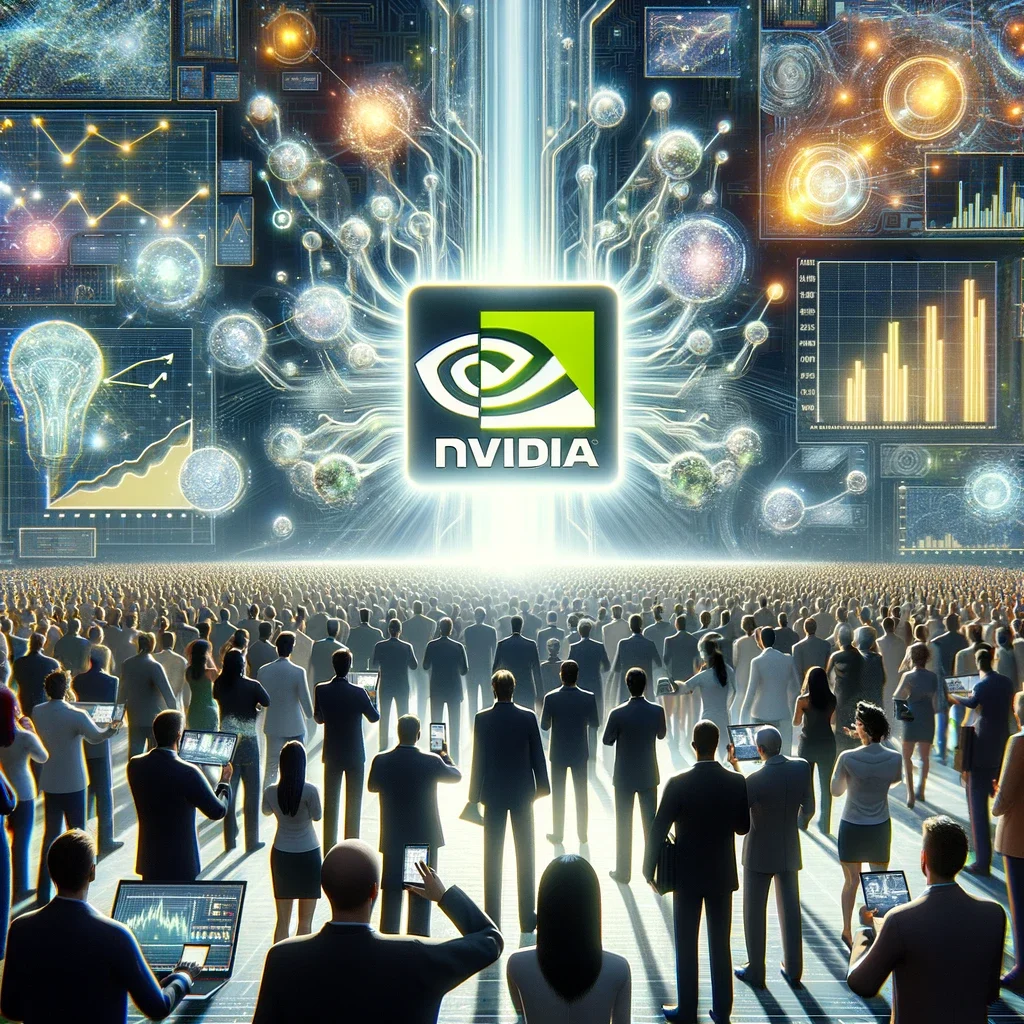In November, the UK government is set to host a summit at Bletchley Park, bringing together global AI experts to discuss the safety and future of artificial intelligence. Among the myriad topics to be addressed, safeguarding intellectual property rights within the UK’s publishing industry takes center stage.
The rising role of AI in publishing
Artificial Intelligence (AI) has made significant inroads across various industries, and publishing is no exception. AI’s applications include editing, content creation, and plagiarism detection. While these advancements hold great promise, they also raise crucial questions about artistic integrity, intellectual property rights, and the potential displacement of human creators.
AI’s impact on artistic integrity
One of the primary concerns in the publishing world is the proliferation of AI-generated art, which risks diluting human emotions and potentially infringing upon the work of human artists. Recently, Bloomsbury Books faced criticism for using AI-generated art on a novel cover, sparking accusations of avoiding fair compensation to human illustrators.
Intellectual property rights in the AI era
AI’s use in generating content raises pressing intellectual property concerns. AI-generated results often draw upon existing content, potentially leading to plagiarism or copyright infringement allegations. These challenges demand a delicate balancing between technological advancement and safeguarding creators’ rights.
Bias and stereotypes in AI-generated content
The extensive databases on which AI algorithms are trained can harbor stereotypes and biases. Consequently, AI outputs may inadvertently amplify these biases, raising concerns about perpetuating harmful stereotypes through AI-generated content.
Trustworthiness of journalism at stake
AI’s ability to generate content quickly is a double-edged sword. While it holds the promise of efficiency, it can produce inaccurate material that threatens the credibility of journalism. The accuracy of AI-driven models hinges on the quality of training data, and chatbots may struggle to understand context, leading to misinformation.
Copyright infringement concerns
Legal disputes have emerged involving generative AI companies accused of copyright infringement for using third-party material without proper permission in training their AI models. The Copyright, Designs, and Patents Act 1998 provides limited exceptions for text and data mining, primarily for non-commercial purposes and under certain agreements such as licenses or subscriptions.
The UK government’s AI white paper
In March, the UK government published the AI White Paper, outlining its intentions for AI system regulation. The government’s key message revolves around eliminating AI and innovation development barriers. In intellectual property, it underscores the importance of providing clear guidance and regulatory clarity for AI companies.
Author and creator advocacy
In response to the AI White Paper, the Society of Authors and members of the Creators Rights Alliance are contemplating their positions. They view AI as a valuable tool for human progress but emphasize the need for regulation, clarity, and labeling of AI-generated works. Furthermore, they call upon publishers and creative businesses to transparently communicate their approaches to using machine-generated or machine-assisted works and to protect the livelihoods of creators who remain integral to the industry.
Striking a balance: protecting IP rights in an AI-driven world
Investing in AI technology offers the potential to enhance efficiency and innovation, but it comes with complex legal challenges. As the UK government gathers leading global experts at Bletchley Park, there is a unique opportunity to address these challenges and ensure the protection of artists’ intellectual property rights while promoting AI technology’s safe and responsible development.
In a world where AI and human creativity increasingly intersect, the summit aims to decipher the code that safeguards creators’ rights in the face of technological advancement. Balancing the promise of AI with the protection of intellectual property is not only a legal challenge but a moral imperative as well. The future of publishing and many creative industries depends on this delicate equilibrium.





